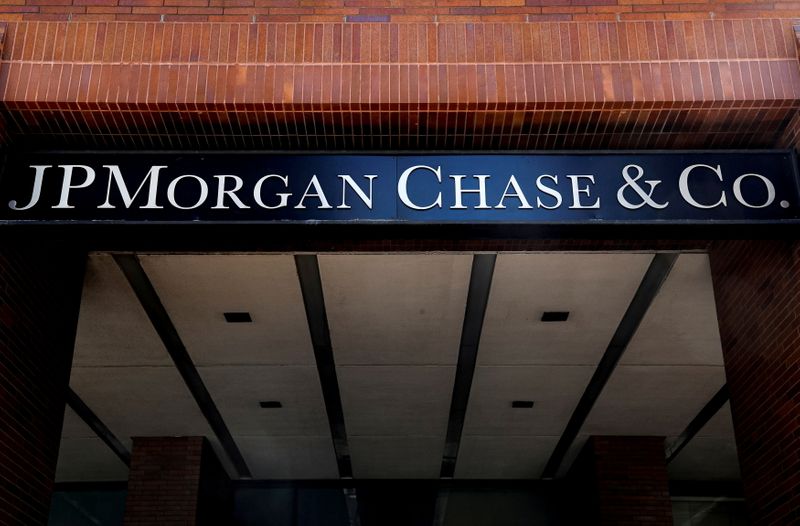The global bond market is experiencing a significant sell-off, rattling investors who had heavily invested in fixed-income assets throughout 2023. This turmoil briefly paused during the Israel-Hamas conflict but quickly resumed. The 10-year US Treasury note yield has risen to around 5%, a level not seen since before the global financial crisis, coinciding with a sharp decline in prices.
2023 had been dubbed the "year of the bond", luring investors with high yields and anticipation that central banks like the Federal Reserve and its European counterparts were concluding their monetary tightening campaigns. However, the 10-year yield surpassed 5% for the first time since 2007, affecting global asset prices.
A Bank of America (NYSE:BAC) survey revealed bonds as investors' preferred asset class based on historical portfolio weightings. Data from the US Commodity Futures Trading Commission showed record bullish positions in 10-year and 30-year Treasury futures in September and October, respectively.
Despite these positive sentiments, Bob Michele from JPMorgan (NYSE:JPM) Asset Management cautioned about potential negative returns for bond funds. His funds reduced holdings of longer-dated debt following the Federal Reserve's September meeting, which suggested a higher-for-longer narrative.
The performance of bond funds this year hasn't been as disappointing as in 2022 but still fell short of expectations. The Bloomberg global aggregate bond index is down 3.6% this year, following a 16.3% drop last year. Large actively managed bond funds such as TCW’s Metropolitan West Total Return Bond fund and Capital Group’s American Funds Bond Fund of America also reported losses.
Investors had expected a larger economic slowdown this year after the Fed raised its target rate from nearly zero in early 2022 to the current level of 5.25 to 5%, marking the fastest pace of interest rate increases in a generation. Nonetheless, stronger-than-expected jobs, inflation, and retail sales data forced investors to revise their outlook.
Fitch Ratings' decision to cut the US debt rating and concerns over the federal government’s near-$2tn budget deficit is pushing yields higher. Despite this, some asset managers argue the pain is temporary, focusing more on income from bond coupons rather than short-term price movements in these assets.
This article was generated with the support of AI and reviewed by an editor. For more information see our T&C.
